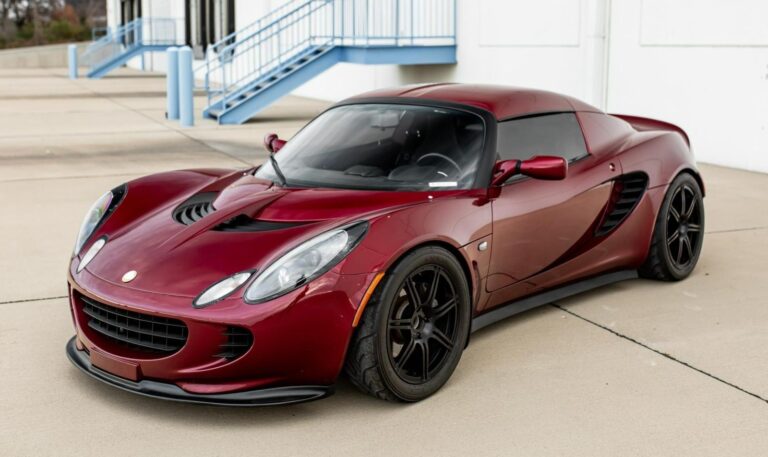The Evolution of Power Steering: A Comprehensive Overview
The invention of power steering revolutionized the way we drive, making it easier and more comfortable for drivers to navigate their vehicles. This article will delve into the evolution of power steering, exploring its history, development, and the different types of power steering systems available today. From its humble beginnings to the advanced technology used in modern vehicles, power steering has come a long way, and this article aims to provide a comprehensive overview of its evolution.
The Early Days of Power Steering
The concept of power steering can be traced back to the early 20th century, but it wasn’t until the 1950s that it became a practical and widely used feature in automobiles. The first power steering system was developed by the Chrysler Corporation in 1951 and was introduced as an optional feature on some of its vehicles. This early system, known as hydraulic power steering, used a hydraulic pump driven by the engine to assist the driver in turning the steering wheel. While it was a significant advancement in automotive technology, hydraulic power steering systems were relatively bulky and required regular maintenance.
Despite these limitations, the introduction of power steering marked a turning point in the automotive industry, laying the groundwork for the development of more advanced and efficient systems in the years to come.
The Transition to Electric Power Steering
In the late 20th century, automotive manufacturers began exploring alternative power steering technologies, leading to the development of electric power steering (EPS) systems. Unlike hydraulic systems, which rely on a hydraulic pump and fluid, EPS systems use an electric motor to provide steering assistance. This shift to electric power steering was driven by the need for more fuel-efficient and environmentally friendly vehicles, as well as the desire to reduce the complexity and maintenance requirements of traditional hydraulic systems.
Electric power steering systems offer several advantages over their hydraulic counterparts, including improved energy efficiency, lighter weight, and the ability to integrate with advanced driver assistance systems. As a result, EPS has become the standard power steering technology in most modern vehicles, demonstrating the ongoing evolution of power steering in response to changing industry trends and consumer demands.
The Rise of Variable-Assist Power Steering
As automotive technology continued to advance, so did the capabilities of power steering systems. One significant development in this regard was the introduction of variable-assist power steering, which allows for adjustable levels of steering assistance based on driving conditions. Variable-assist systems use sensors and control modules to vary the amount of steering assistance provided to the driver, depending on factors such as vehicle speed, road conditions, and driver input.
This adaptive approach to power steering not only enhances driving comfort and control but also contributes to overall vehicle safety and performance. By tailoring steering assistance to specific driving situations, variable-assist power steering systems improve vehicle responsiveness and maneuverability, further demonstrating the evolution of power steering as a critical component of modern automotive design.
Recent Innovations and Future Trends
Looking ahead, the evolution of power steering is set to continue with ongoing advancements in automotive technology. Recent innovations in power steering systems include the integration of electronic control units (ECUs) for more precise and intelligent steering assistance, as well as the development of steer-by-wire technology, which replaces mechanical steering linkages with electronic controls.
Furthermore, the emergence of autonomous driving technologies and electric vehicles is driving the development of power steering systems that are specifically tailored to the unique requirements of these vehicles. From steer-by-wire systems that enable advanced autonomous driving capabilities to electric power steering systems optimized for electric vehicles, the future of power steering is closely intertwined with the broader trends shaping the automotive industry.
Conclusion
In conclusion, the evolution of power steering has been a testament to the continuous innovation and progress in the automotive industry. From its early days as a hydraulic system to the widespread adoption of electric power steering and the development of advanced variable-assist technologies, power steering has undergone significant transformations to meet the changing needs of drivers and vehicle manufacturers.
As we look toward the future, the ongoing evolution of power steering is likely to be shaped by emerging technologies, environmental considerations, and the evolving preferences of consumers. Whether it’s adapting to the requirements of autonomous vehicles or enhancing energy efficiency in electric vehicles, power steering will continue to play a crucial role in shaping the driving experience for years to come.
,refusal: null








Leave a Comment